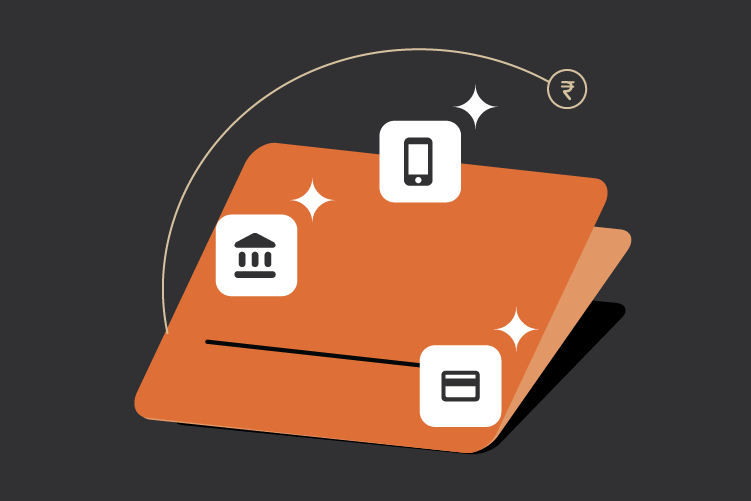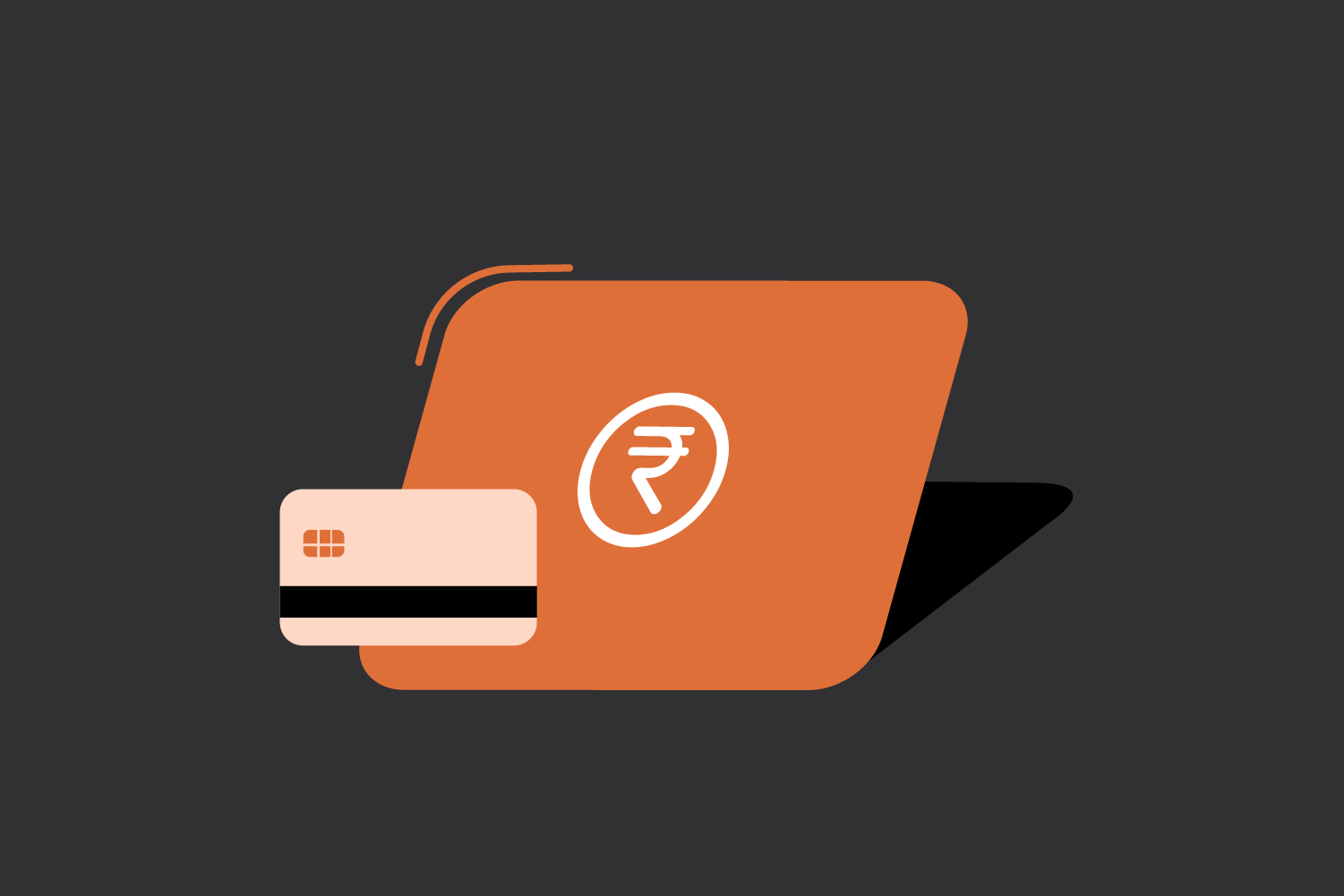If you’re setting up your online store on Shopify, there’s one piece of the puzzle you can’t afford to overlook: the payment gateway. It’s the bridge between your customer’s wallet and your business bank account—and it plays a critical role in whether a sale is completed or abandoned. Whether you’re just starting out or looking to scale, choosing the right payment gateway for your website directly impacts customer experience, trust, and your cash flow.
In this blog, we break down how payment gateways work on Shopify, what you need to know before choosing one in India, and why a frictionless checkout experience can be a game-changer for your online business.
What Is a Payment Gateway?
A payment gateway is a service that authorizes and processes online payments for e-commerce platforms like Shopify. Think of it as the digital version of a point-of-sale (POS) machine—except it works 24/7, securely connecting your customer, your bank, and your Shopify store in real time.
When a customer clicks “Pay Now,” the gateway does the heavy lifting behind the scenes:
- Verifies the card/bank/UPI details entered.
- Routes the transaction securely to the acquiring bank.
- Requests payment authorization from the issuing bank or wallet.
- Confirms success or failure to both the customer and the merchant.
- Initiates fund settlement into your business account (usually within T+1 to T+3 days).
All of this happens within seconds—and without a smooth gateway in place, the sale could be lost.
Why You Need a Payment Gateway on Shopify
Shopify does a great job of helping you build your store—but it doesn’t process payments itself (unless you use Shopify Payments, which isn’t available in India). That’s where third-party payment gateways in India come in.
These gateways integrate directly with your Shopify checkout and enable you to accept payments via:
- UPI
- Credit/debit cards
- Net banking
- Wallets (like Paytm, PhonePe, etc.)
- Buy Now, Pay Later (BNPL) options
- EMI and more
Without one, you won’t be able to collect payments online, making it practically impossible to run a Shopify store in India.
How Does a Payment Gateway Work on Shopify?
Here is a typical customer journey on a Shopify store:
- Customer adds product(s) to cart and proceeds to checkout.
- They enter their contact and shipping details.
- At the payment stage, your chosen gateway kicks in.
- The customer selects their preferred method—say, UPI.
- The gateway redirects them to their UPI app (like GPay) for approval.
- Once authorized, the payment is confirmed, and the order is marked “Paid” on Shopify.
- The gateway then settles the amount to your linked business account as per the agreed TAT.
Most leading Indian gateways offer plug-and-play integrations with Shopify or embed via hosted SDKs, making onboarding relatively easy.
Choosing the Right Payment Gateway for Shopify in India
With hundreds of options available, it’s easy to get lost in comparison charts. Instead, here are the core factors to focus on while evaluating a payment gateway in India for your Shopify store:
Ease of Integration
Look for gateways that offer pre-built Shopify plugins or low-code API integration. The faster you go live, the sooner you can start selling.
Supported Payment Methods
UPI is a must in India. But also check for support for net banking, major cards (Visa, Mastercard, RuPay), wallets, and newer options like BNPL. The more flexibility you offer, the fewer carts get abandoned.
Instant Activation and KYC
Time is money—especially for new stores. A gateway that offers instant payment gateway onboarding with simplified KYC and sandbox access is ideal when you’re launching.
Transaction Fees
Look beyond the headline, MDR (Merchant Discount Rate). Consider:
- Setup fees (if any).
- Per-transaction fees across UPI, cards, and net banking.
- Settlement timelines and additional charges. A lower rate doesn’t always mean better value, especially if support or uptime is poor.
Dashboard and Analytics
A good gateway doesn’t just process payments—it helps you optimize them. Look for features like:
- Real-time payment success rates
- Refund management
- Chargeback alerts
- Detailed reconciliation reports
Security and Compliance
Ensure your gateway is PCI-DSS compliant, supports tokenization, and has fraud detection tools.
Customer Support
When something breaks, your payment partner needs to act fast. Choose a gateway with responsive support channels—chat, email, or even dedicated account managers for high-volume stores.
Uptime and Reliability
Downtime during a sale or launch can mean lost revenue. Look for a provider with strong uptime SLAs (ideally 99.9%+) and real-time monitoring to keep your store running smoothly.
Shopify India & Payment Gateway Compatibility
Not every global gateway integrates seamlessly with Shopify in India. Some might need workarounds; others don’t support UPI or local wallets. That’s why choosing a payment gateway for Indian merchants is key. Each comes with pros and cons—evaluate them based on your business stage, expected volumes, and the kind of experience you want to deliver.
Players like Zwitch focus on low-code, embedded solutions that let founders go live faster and have deep control over user experience.
Interested in our APIs? Let’s talk!
Tell us your automation goals, and we’ll set you up with a free, personalized demo from our API expert.
Click HereDid you know?`
Around a tenth of customers abandon their carts because online stores don’t offer them enough payment methods.
Your payment gateway directly shapes user experience. That’s why switching to a reliable, instant payment gateway with higher success rates and fast response times can unlock real growth. So take time to evaluate your options. Choose one that balances ease of use, smart tech, and seamless integrations. Whether you’re an indie brand, a D2C disruptor, or a fast-scaling marketplace, the right payment gateway will help you run faster, sell smarter, and grow stronger.



0 Comments